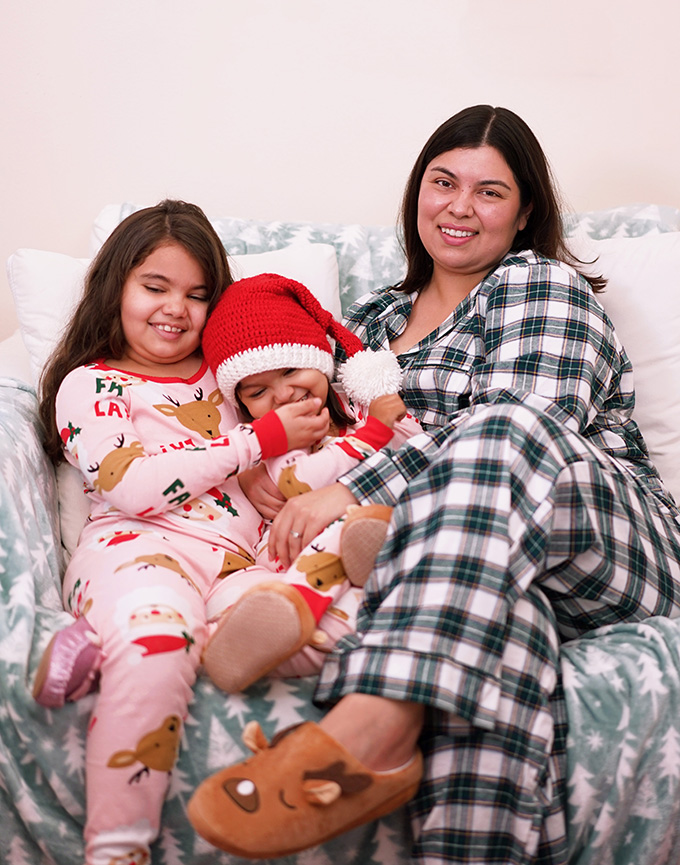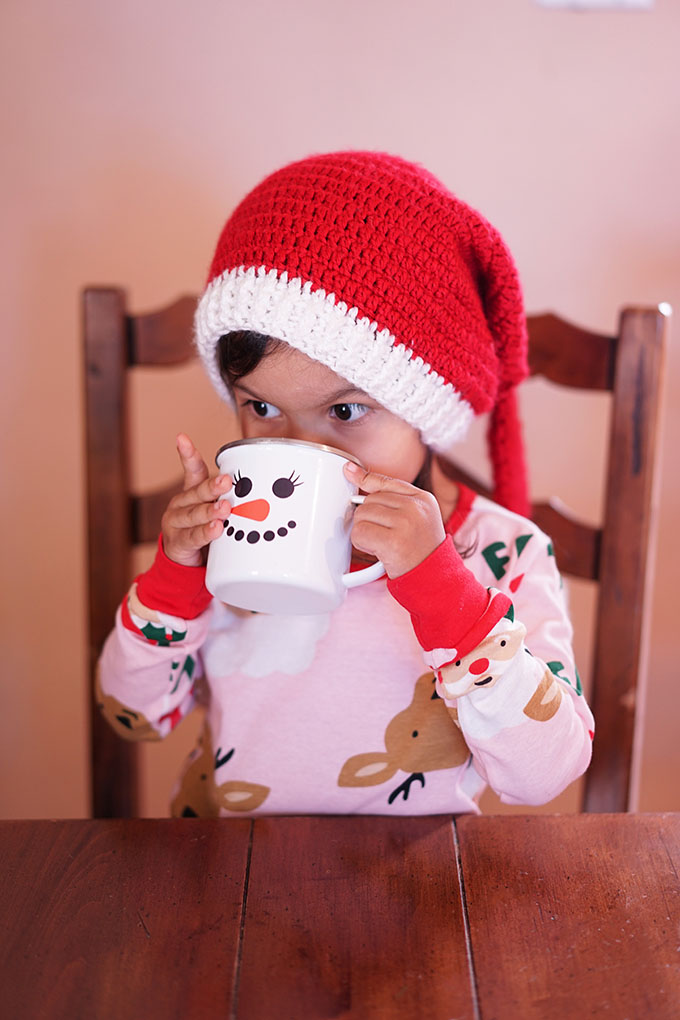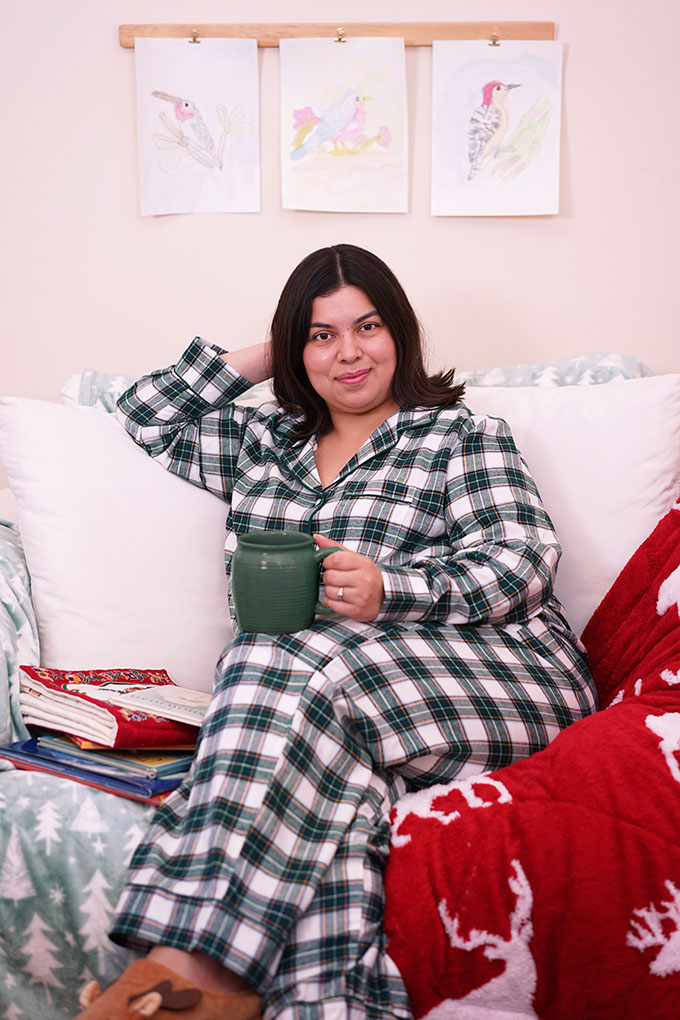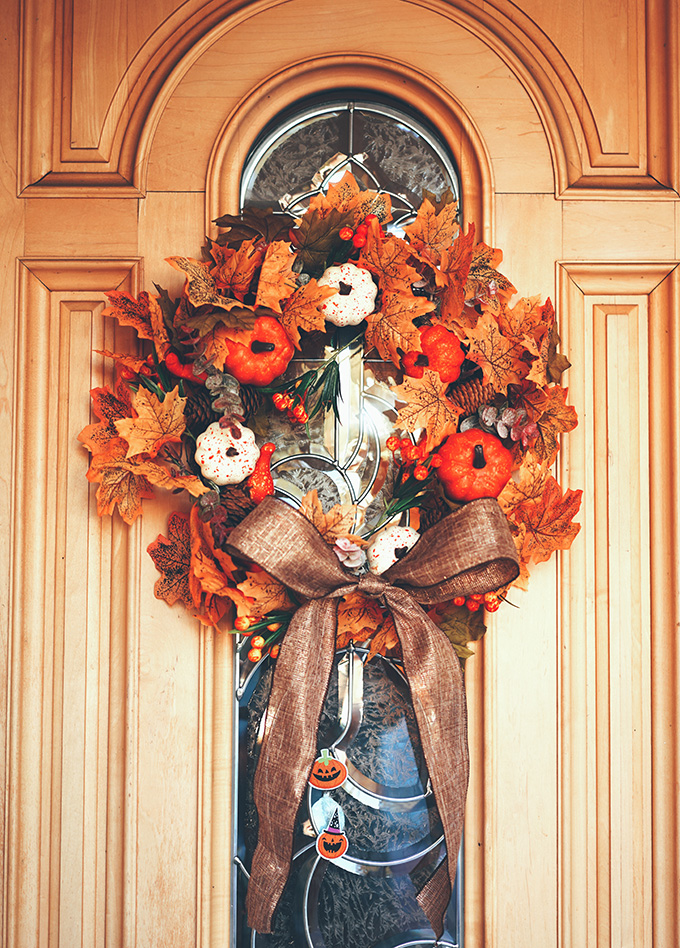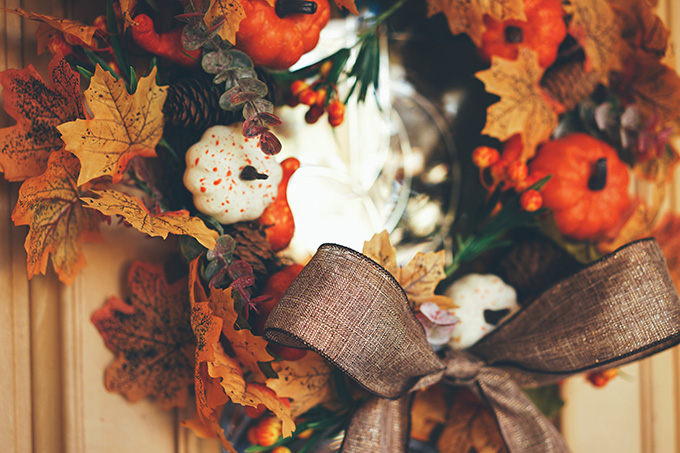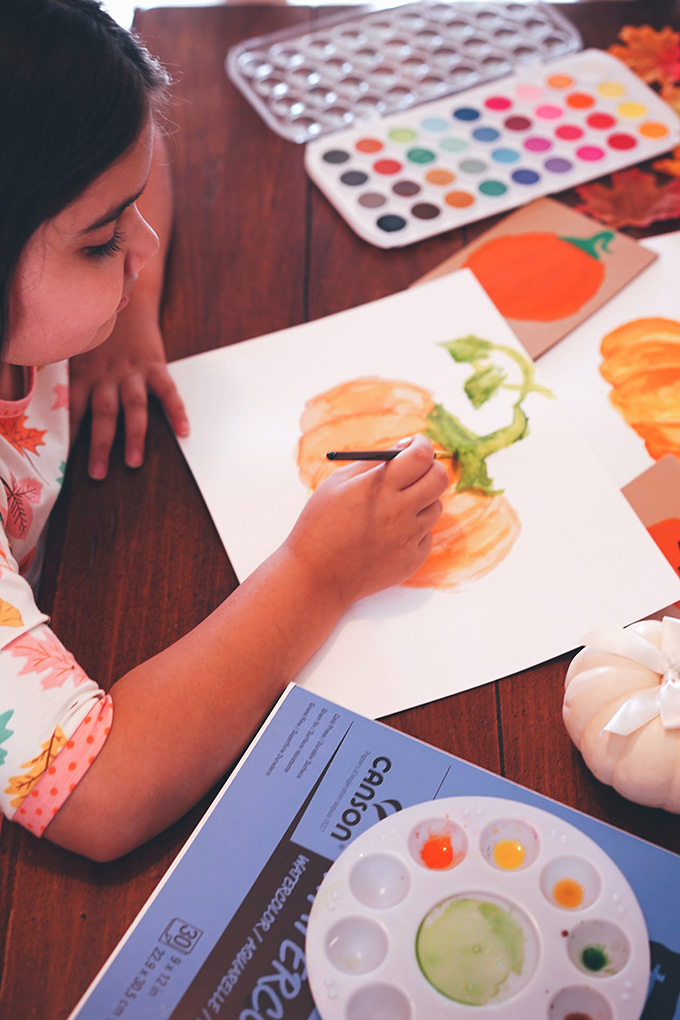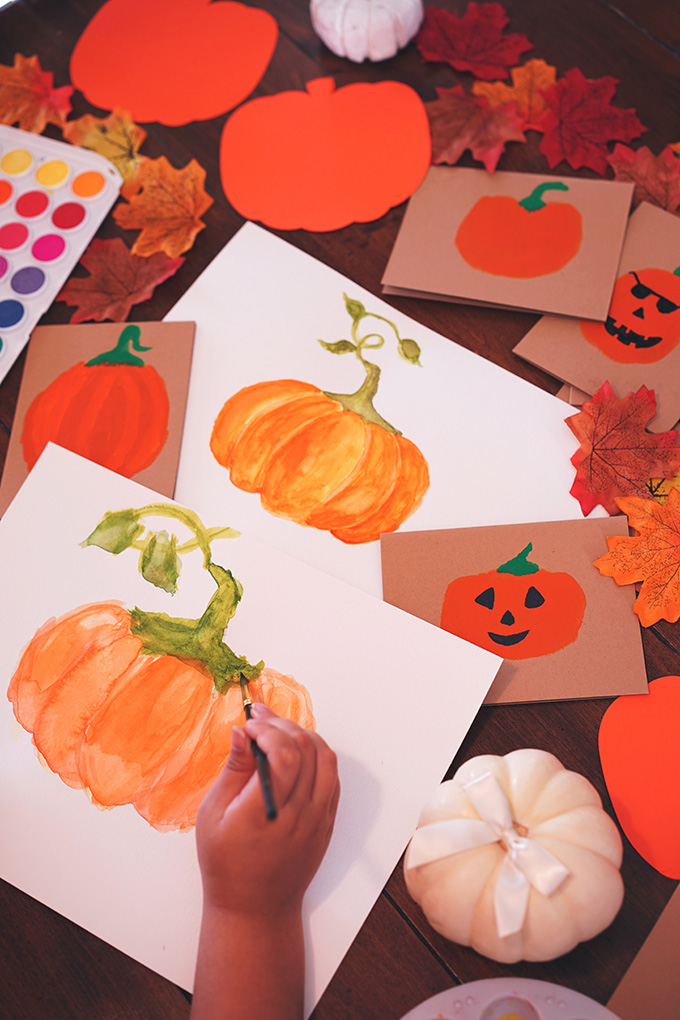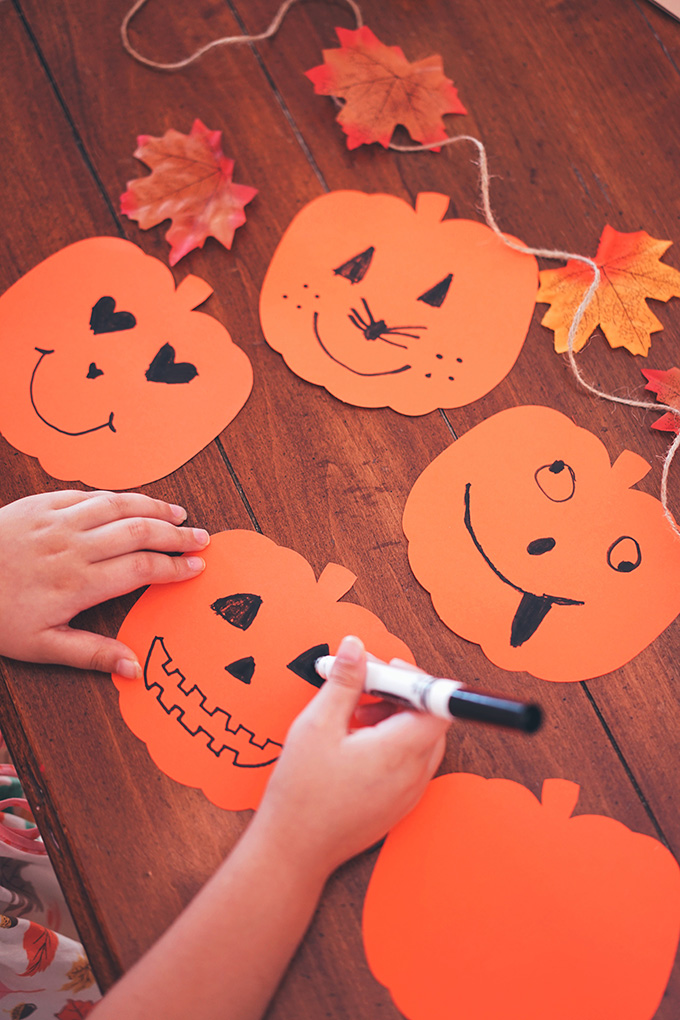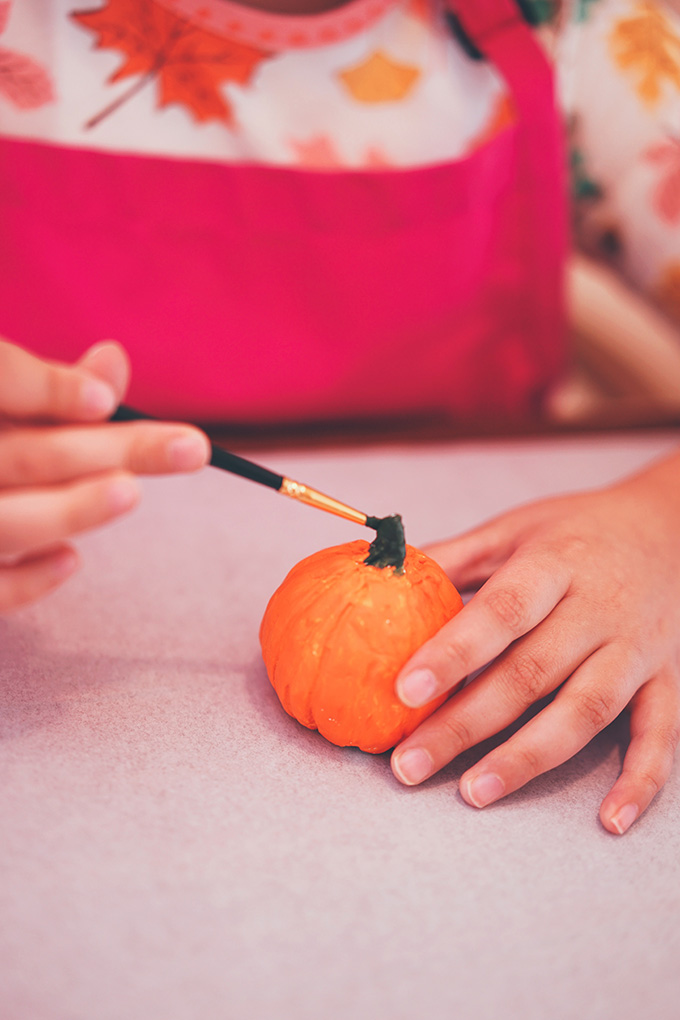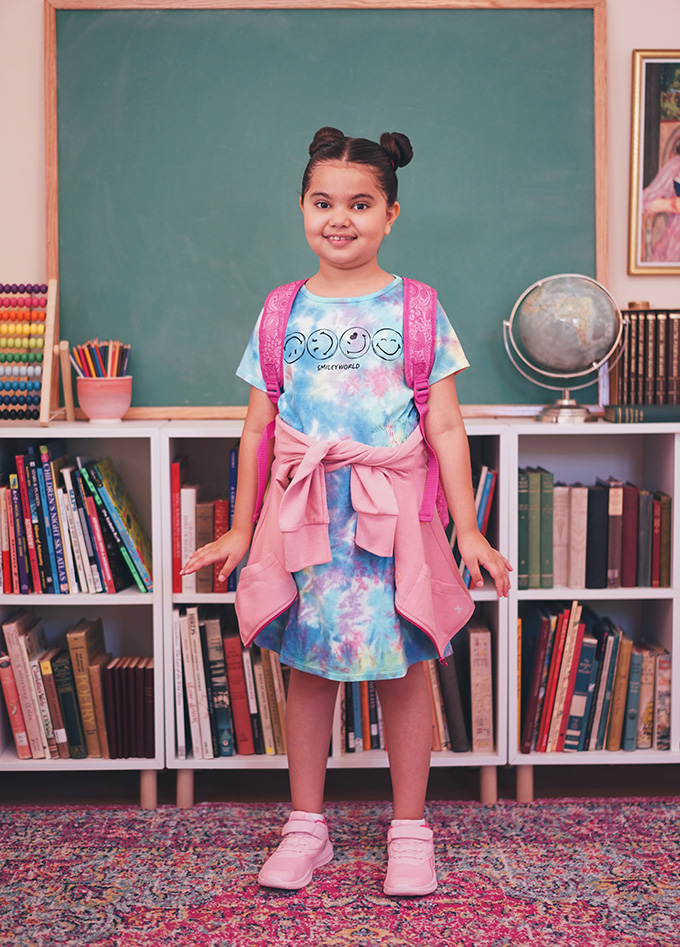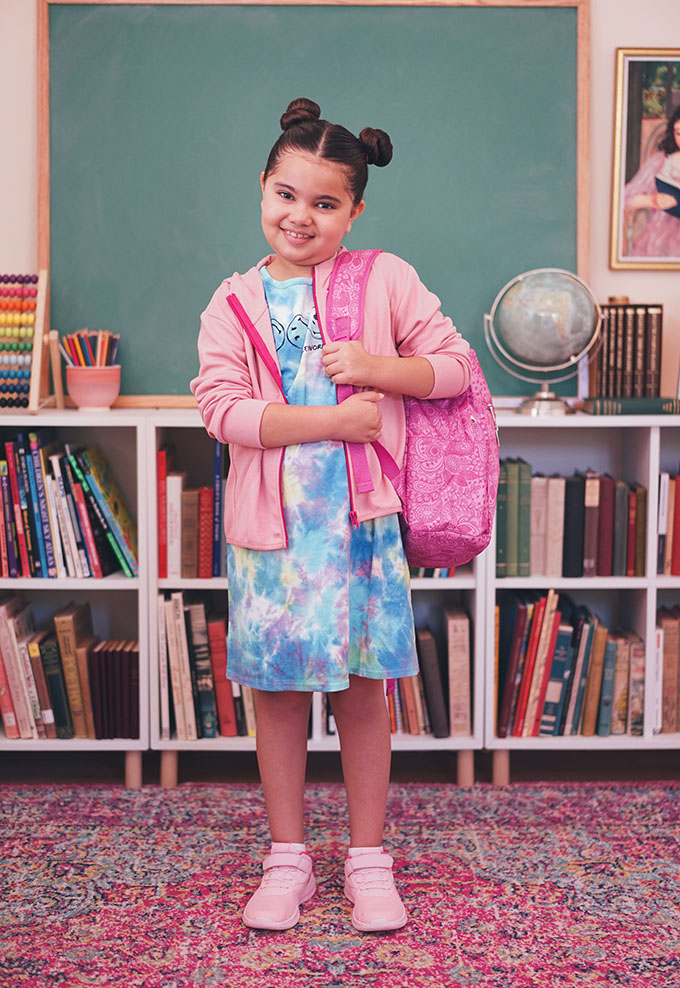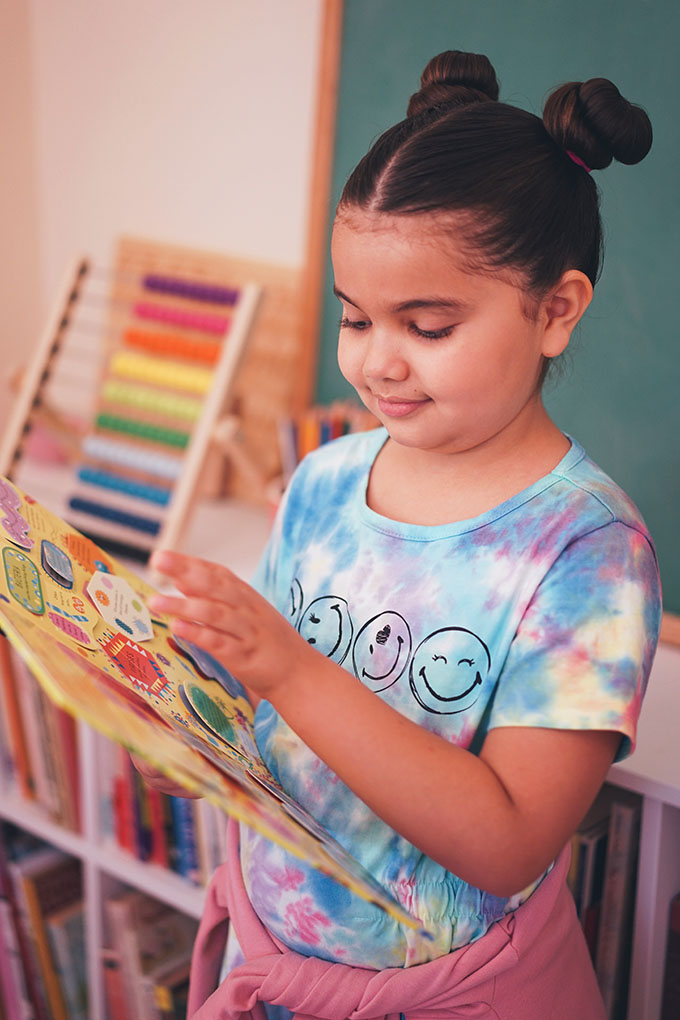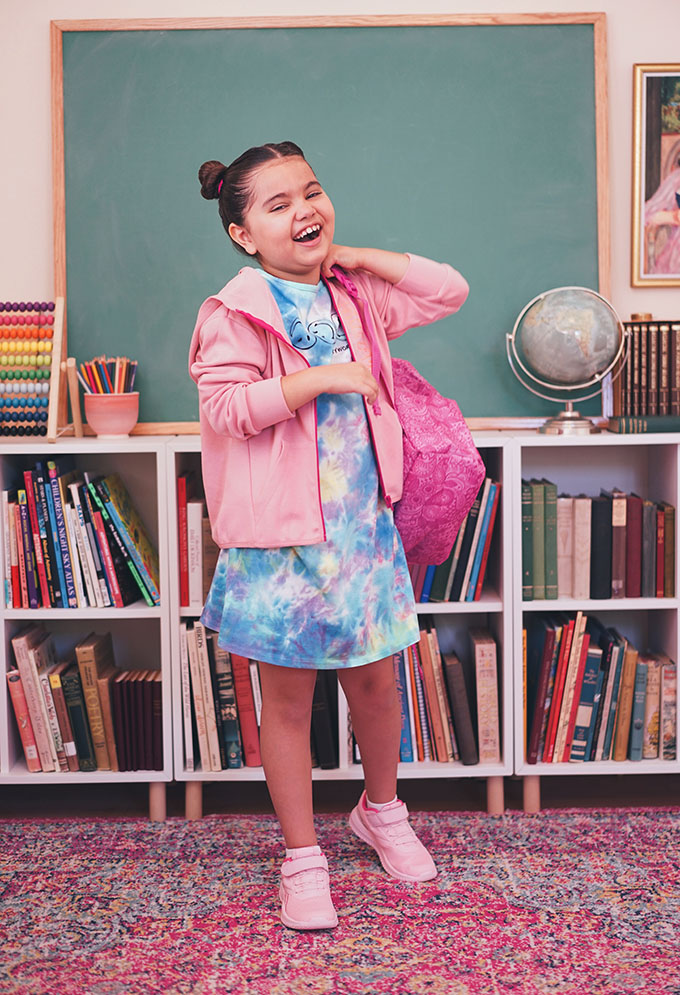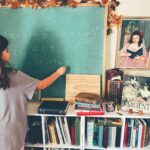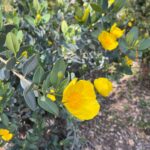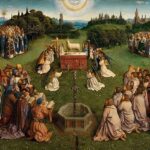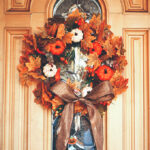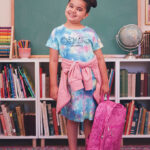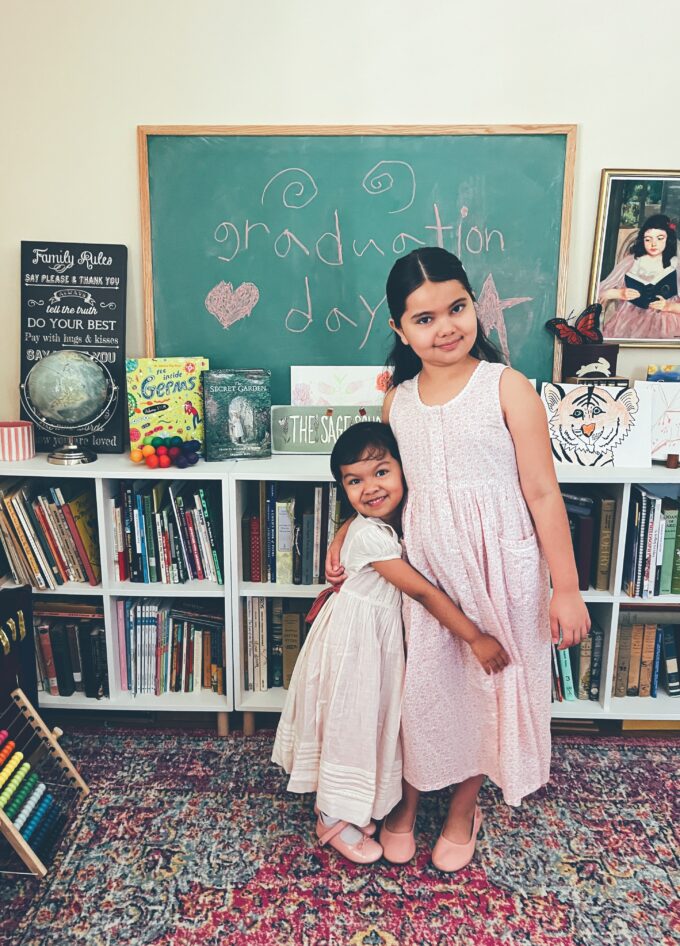
“Mama, what is justice?”
Sometimes a moment is a culmination of many others.
Many years ago I was a philosophy student at Berkeley. I wrote an honors thesis about storytelling in philosophical discourse. I went to law school. I became a mom.
Francis Bacon said: “A little philosophy inclineth man’s mind to atheism, but depth in philosophy bringeth men’s minds about to religion.”
I must share one more anecdote. One day, before the justice question, my daughter came home—from public school—and said, “Did you know that God made everything?”
I said, “Oh, who told you this?”
“Allison.”
Talk about peer influence. Right there, we had a conversation about what different people believe. She asked, “What do YOU believe?” How could I tell her about the faith of my childhood and how I’d lost it and become quite confident in God’s nonexistence for most of my adulthood, right up until the moment she was placed in my arms when she was born? Her birth had destroyed and recreated my universe in one glorious instant—my own personal big bang/creation.
(No, Francis. A baby bringeth my mind to religion.)
I told her I’d get her a book about it. It was this version of Silent Night.
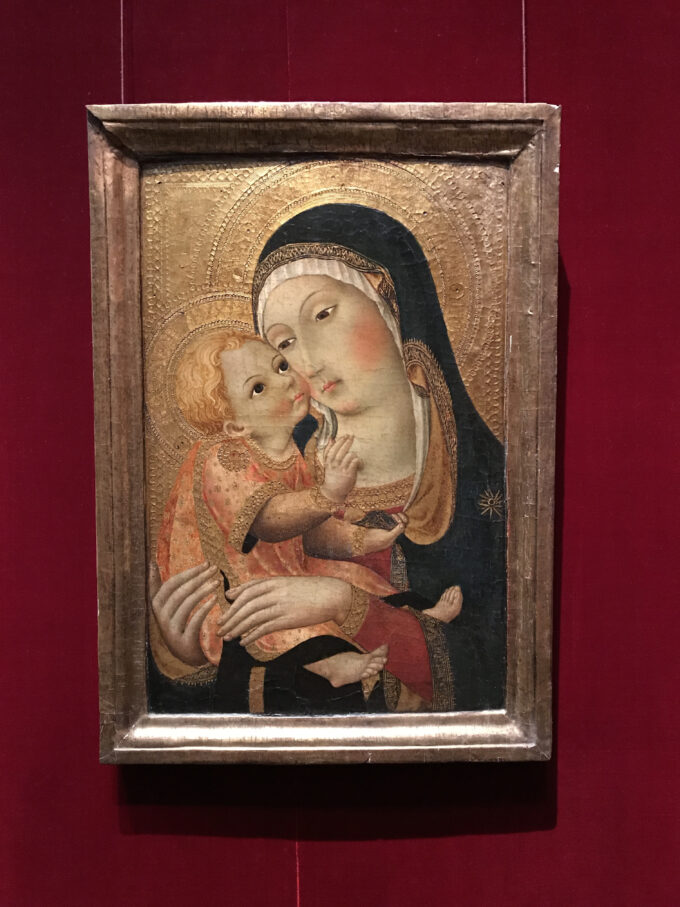
From a trip to The Met
Flash forward a bit. It’s the spring of 2020 and my first-grader’s school has closed down amid a global pandemic. Remember: I was only going to homeschool until the schools got back to normal. Two weeks, right? I started by googling things like “secular homeschool curriculum.”
Secular: denoting attitudes, activities, and things that have no religious basis.
Hm.
Quite by accident, I came across a unicorn: an inclusive and academic homeschooling group that discussed excellent curricula whether it was secular or nonsecular. I also came across an education approach developed by Charlotte Mason, a brilliant educator and devout Anglican from the early 1900s. Her approach educated children through excellent books, poems, art, music, so much more—and through this, children learned about the nature of God, man, and the universe. This was a rich and deep education.
At first, I tried to implement a secular version of it. But my rationale was purely one of habit. I’d offer secular education materials during one part of the day and once that was over I was free to talk about faith in private. But, wasn’t this ALL private education?? I want my kids to know why our family celebrates Christmas and Easter. I want them to know the Bible, both as a world of cultural and literary reference AND ALSO as a sacred text.
“Mama, what is justice?”
I could have answered that question in so many ways. “I will tell you a story about justice…”
Philosophical narratives through stories.
I told her the story of King Solomon and the baby. When the mother gets her baby, through King’s Solomon’s wise inquiry, justice has been done. (In law school, we talked about the idea of making plaintiffs whole again, imperfectly so, through monetary damages…) In this case, justice was a mother leaving with her whole (!) baby. My little girl understood. Then something unexpected happened. She wanted to know more stories of King Solomon—“All the stories.” I didn’t know any others by heart, but I promised to look for more.
I found them.

“The Wisest Man in the World” by Benjamin Elkin and illustrated by Anita Lobel is the story of Solomon and the bee. This beautiful book became a family favorite right away.
“Surely, wisdom is given to all living things, And the tiniest creatures are teachers of kings.”
“Stories of King Solomon” and “Stories of King David” by Lillian Freehof are absolute treasures. These are written for children and were originally published in the 40s but there is a modern reprint. Today we read the story of how David was anointed as king. “He is the least of us,” his brothers had said before David was chosen, because they were soldiers and he was a shepherd.
Thus began my foray into Charlotte Mason education which included Biblical literature and art. We had a wonderfully spiritual Christmas season—and school year.
I started this particular week with a question for my third-grader, “Who do you think is wiser, a king or a shepherd?”
“A shepherd,” Julia said.
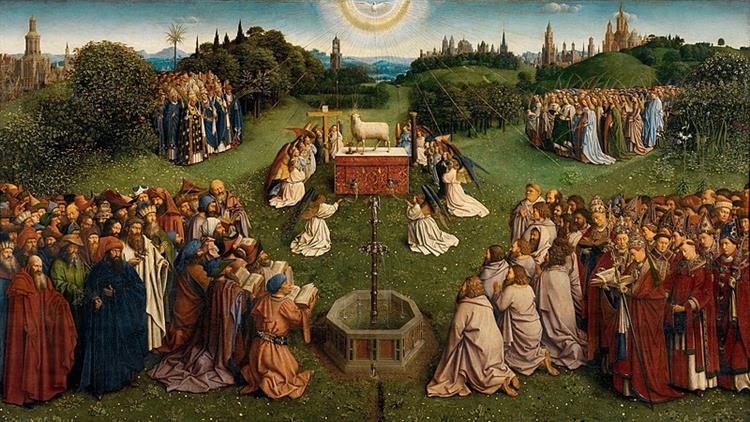
Here are a few but notable readings my daughter studied this week:
King John of England and the Abbot of Canterbury
The king challenges the abbot to answer these three seemingly impossible questions or else he will die. The abbott tries to get help from learned people but a shepherd goes disguised in his place and answers them all.
Real Riches by Emily Dickinson
‘T is little I could care for pearls
Who own the ample sea;
Or brooches, when the Emperor
With rubies pelteth me;
Or gold, who am the Prince of Mines;
Or diamonds, when I see
A diadem to fit a dome
Continual crowning me.
The Arrow and the Song by Henry Longfellow
I shot an arrow into the air,
It fell to earth, I knew not where;
For, so swiftly it flew, the sight
Could not follow it in its flight.
I breathed a song into the air,
It fell to earth, I knew not where;
For who has sight so keen and strong,
That it can follow the flight of song?
Long, long afterward, in an oak
I found the arrow, still unbroke;
And the song, from beginning to end,
I found again in the heart of a friend.
Luke 13: 18-19
“He said therefore, ‘What is the kingdom of God like? And to what shall I compare it? It is like a grain of mustard seed that a man took and sowed in his garden, and it grew and became a tree, and the birds of the air made nests in its branches.’”
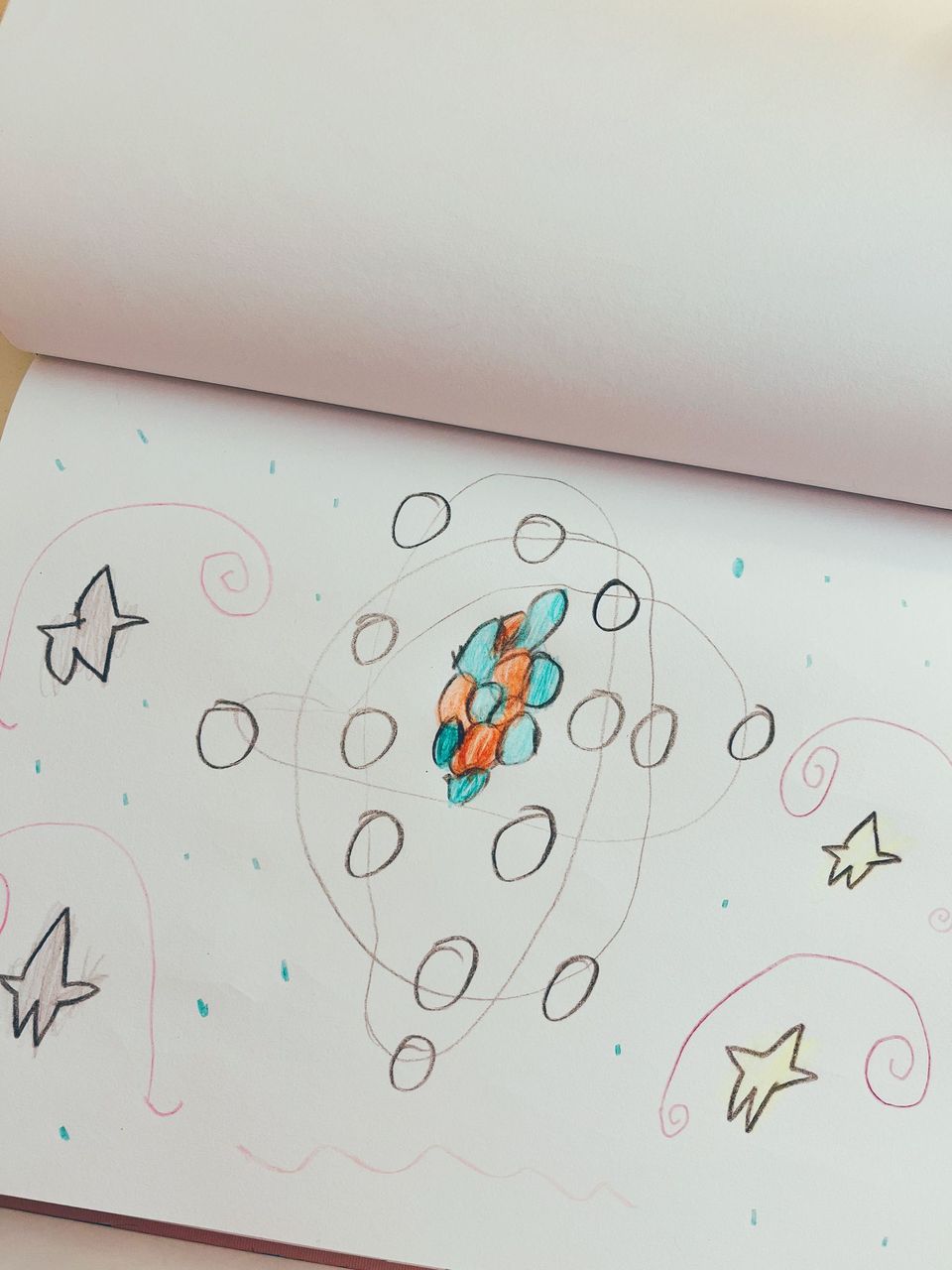
Julia’s atom
But to be clear, I believe I am called to give my child a rich and wide education. That includes math, science, art, music, literature, history, so much more! My roles of parent and educator are entwined but I know humility is essential for both. My kids will inevitably form beliefs and ideas different from mine. They are born persons, as Charlotte Mason said.
Here are some other subjects covered this week: grammar and sentence diagramming. She did some writing and spelling practice. In math she worked on shapes and perimeter. Both girls played with tangram puzzles. We read our astronomy book. She practiced her Latin. We read about the fall of Rome and about King William the Red being shot through the heart with an arrow. We continued Robin Hood and The Golden Fleece. We listened to Vivaldi’s Winter and both girls ran around the room with bird puppets in their hands. We studied Botticelli’s “Magnificat” (“Mom, she is wearing a crown/diadem of stars.”) and “Calumny of Apelles” in which she got to distinguish “calumny” from “fraud” and “perfidy” using our dictionary. (Julia: “I love paintings that are stories.”) She collected leaves and used her microscope. She cooked and sang and went to her ballet classes. She read about milkweed caterpillars and butterflies. She learned about the frog life cycle.
The littlest creatures are teachers of kings.
“Julia, remember the first question of the week: Who is wiser: the shepherd or the king? What does that mean for David?”
“Oh mom, but here the shepherd is the king!” she laughed.
Sometimes a moment is a culmination of many others. And so ends another week of homeschooling.
Note: I wrote this post last winter and it has been sitting in drafts all this time. Homeschool has challenged everything I thought I knew about education and it has been so wonderful for our girls. Thank you for reading.
